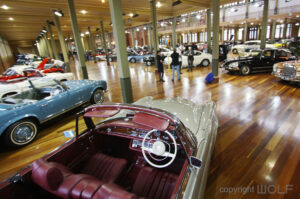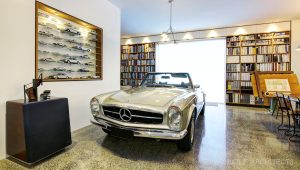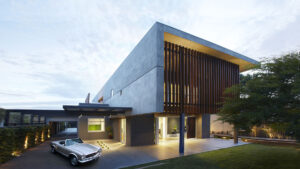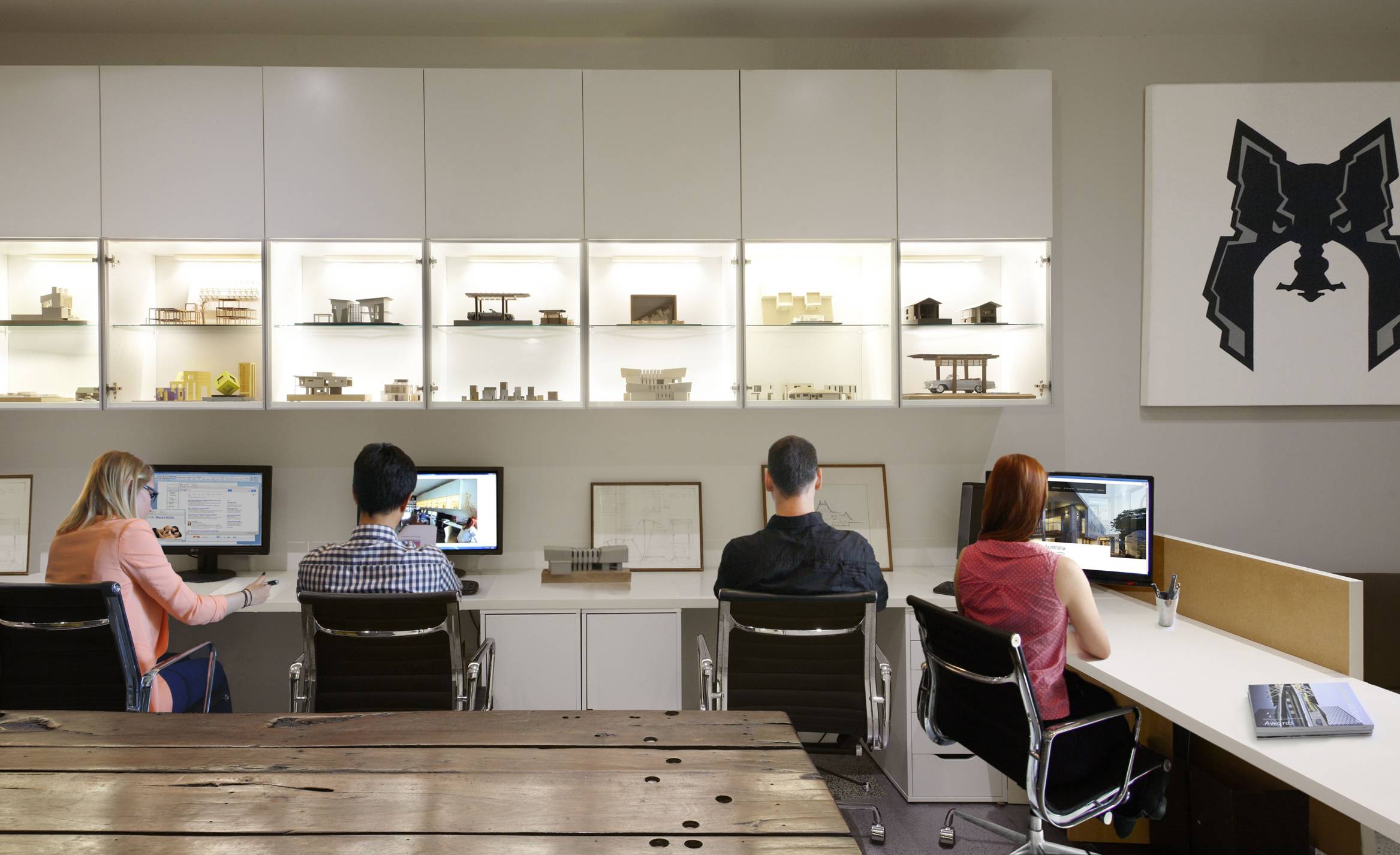By Taras Wolf – WOLF Architects Australia

At WOLF Architects, we view homes not simply as buildings, but as deeply personal reflections of their owners’ dreams. For me, this connection between identity and design goes beyond architecture and into my other great passion — collecting and restoring classic Mercedes-Benz cars. Over time, I’ve come to realise that the way I experience my cars mirrors the way we design architecture at WOLF. It’s about vision, care, detail and most of all, soul.
Desire with Meaning
It always begins with desire. Not just any desire, but one filled with meaning, history and emotion. I never choose a car just because it’s rare or valuable. There must be a deeper connection — perhaps a memory from childhood or admiration from a car magazine I read as a teenager. I remember being captivated by the R129 SL when it first appeared on the cover of a magazine in 1989. It stayed with me until I eventually owned one decades later.
This type of connection mirrors the architectural journey we guide our clients through. Every design begins by uncovering their story — their history, aspirations and personality — so the home becomes an authentic expression of who they are.
The Law of Attraction in Action
Years ago, while still learning about classic Mercedes-Benz, I came across a photo of a W111 cabriolet in silver. I had never seen one in real life, but I was instantly drawn to it. Not long after, while walking through London during a dance competition, I spotted a 1:18 scale model of that same car in a dealership window. It wasn’t cheap, but I bought it and kept it beside my bed.
Within six months, I became the proud owner of the real thing — one of only six originally delivered to Australia and the only one in silver, just like the model. This transformation from a photo, to a model, to reality is what I call a classic example of the Law of Attraction in motion. The same principle applies in architecture. When our clients can clearly see and believe in their dream home, it becomes easier to make it real.

Working with What You Can Afford
I’ve never purchased a fully restored car. The cost was always too high, which became a blessing in disguise. Instead, I learned how to restore cars economically and carefully. I prioritised, sourced parts myself, and developed skills that brought me closer to each vehicle.
This mirrors how we work with our clients. Not everyone has an unlimited budget, and we don’t expect them to. We find clever, efficient ways to create high-end results with smart choices and staged delivery. A dream home doesn’t need to cost the world — it just needs the right strategy and commitment.
Details That Matter
From matching keychains and sunglasses to sourcing period-correct brochures and repainting scale models to match the full-size car, I obsess over the smallest touches. They may seem insignificant to some, but they make the experience whole.
In our homes, it’s the same. We obsess over cabinetry finishes, light temperatures, tapware, door handles and the way light dances across a wall. These details bring homes to life. Just like a restored car, it’s the finishing touches that reveal love and thought.
The Right Number of Cars… or Rooms
Being deeply involved in maintaining my cars has taught me an important lesson — how many is enough? Too many cars mean more storage, more upkeep and less driving. Eventually, they start to decline from lack of attention.
In home design, more isn’t always better. We don’t recommend extra rooms or space unless they truly add value. A home should support your life, not overwhelm it. Balance is key — having just enough to enjoy without compromising time, money or peace of mind.

Maintenance as Meditation
I personally wash, polish and condition my cars weekly. It’s not a chore — it’s a meditative, enjoyable routine. Staying on top of maintenance makes the process easier and more rewarding. When done regularly, it even becomes efficient, especially with multiple cars.
We believe homeowners should approach their homes the same way. Look after your space and it will serve you for life. Daily and weekly rituals — opening windows, sweeping leaves, caring for the garden — can bring calm and grounding.
They Were Built to Drive
The most important part of classic car ownership is actually using them. I rotate my cars through the seasons, driving them regularly and enjoying them. These cars weren’t built to sit in garages or behind ropes. They were built to drive, even in wind or rain.
Similarly, our homes are designed to be lived in, not just admired. We want families to cook, gather, host, laugh and make memories. Homes should be beautiful, but also practical, functional and full of life.
Legacy and Letting Go
Eventually, every car leaves my care. When that time comes, I pass it on with everything — the keychain, the scale models, the service folder, the awards, the memories. It becomes someone else’s joy. It continues its story.
That’s how we view homes at WOLF. They’re not just for one generation. They’re long-term companions, with beauty and value that grows over time. They hold legacies. They carry love.
From Vision to Reality
Whether building a dream home or restoring a classic car, the principles are the same. Start with a vision. Believe in it. Commit to the details. Work hard. Be patient. Love the process. With the right mindset and daily action, dreams can and do become reality.
That’s the Law of Attraction. And that’s the WOLF way.




0 Comments